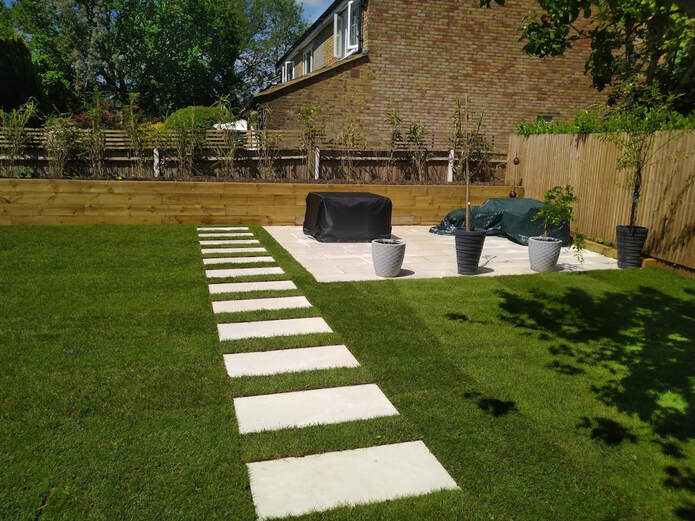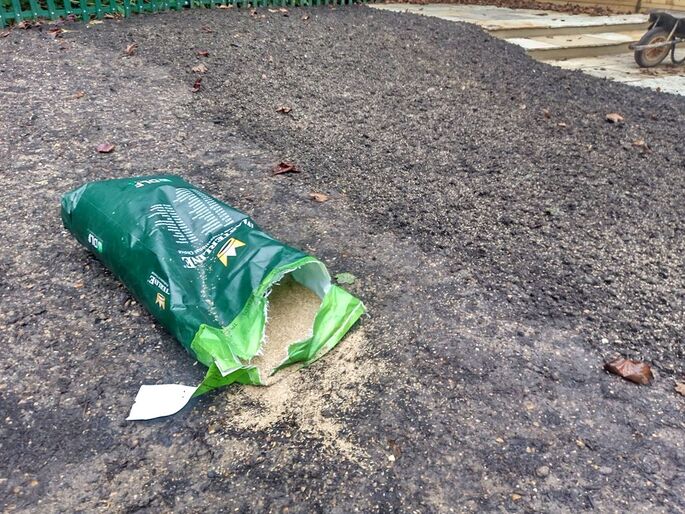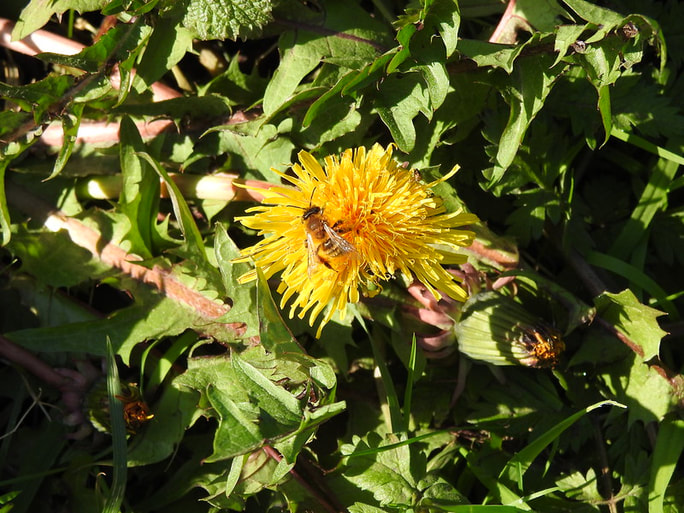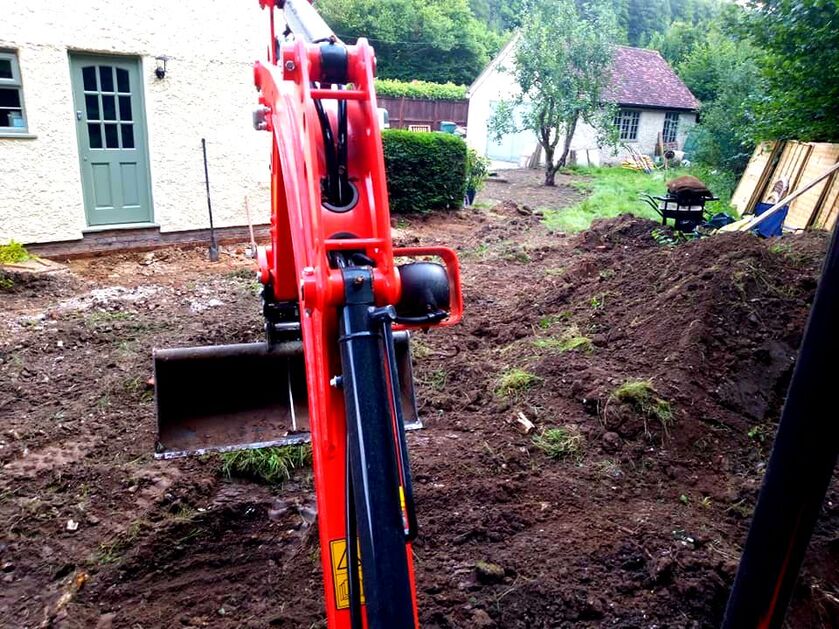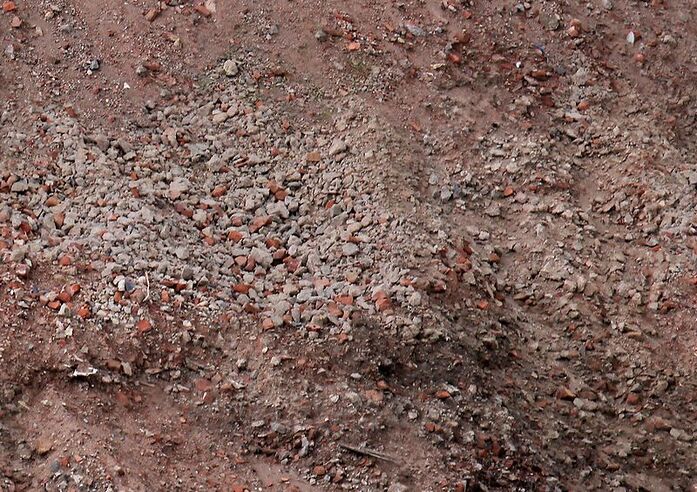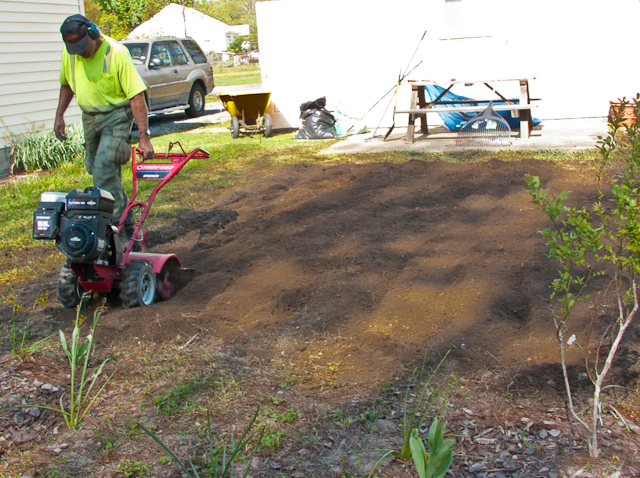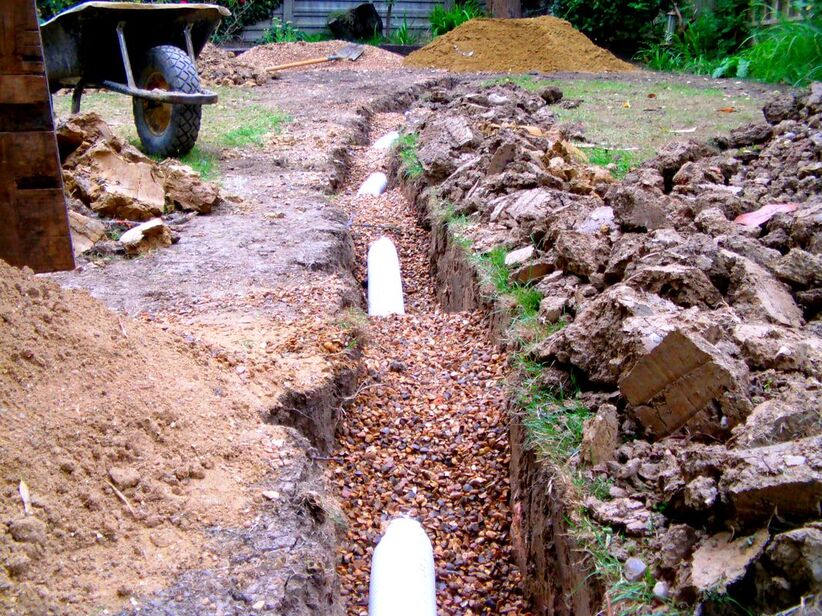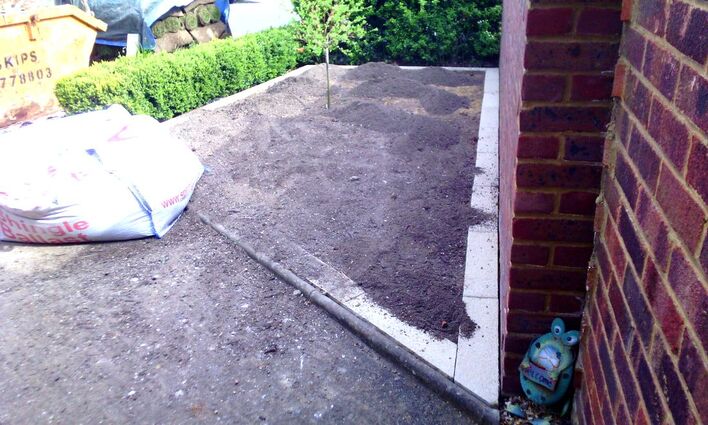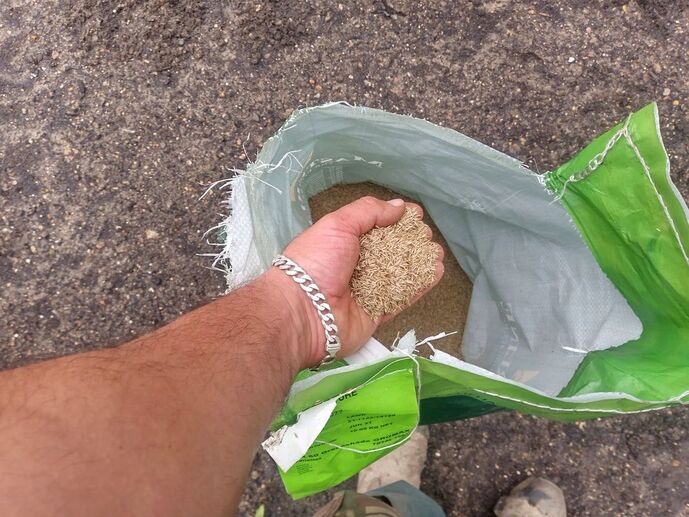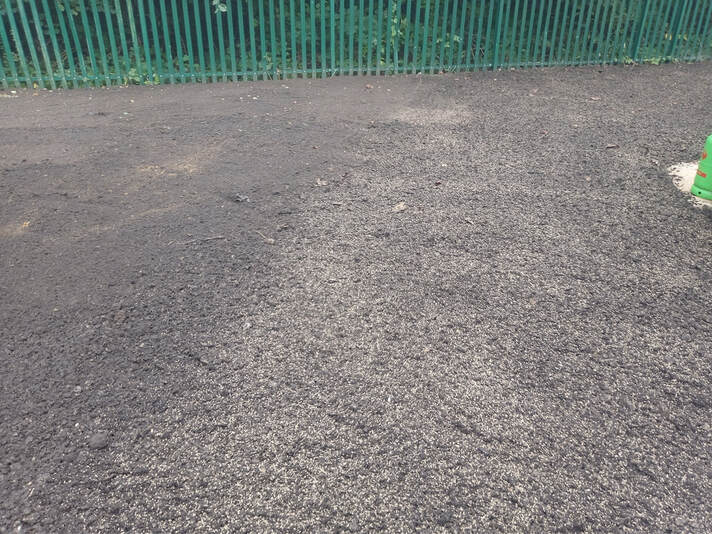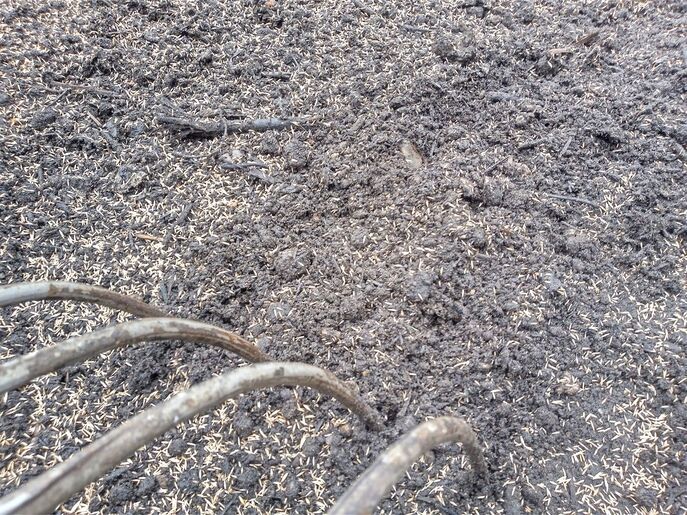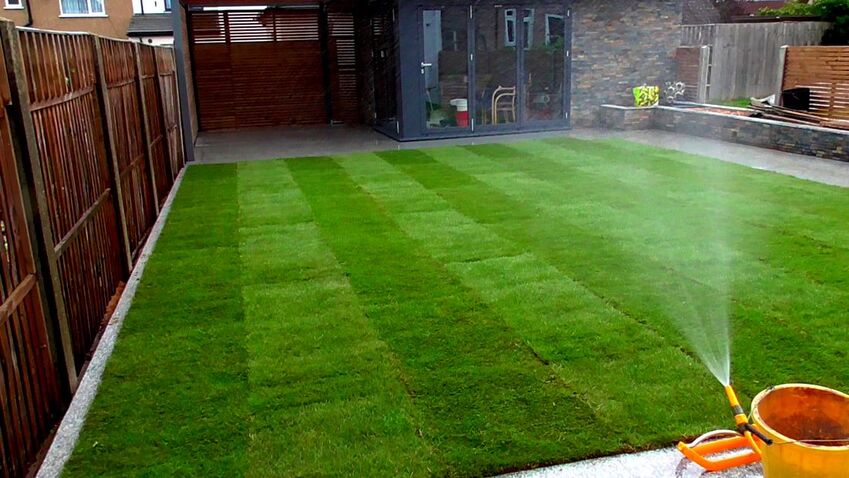|
This article contains affiliate links
Knowing how to seed garden grass can not only save you money it can create a better quality lawn.
Laying turf is by far the most popular option of lawn establishment as it creates an instant impact, establishing quickly. However, if you seed your lawn properly it can result in a much better quality lawn with a dense texture . This can be achieved by ensuring a dense sowing which can lead to a finer lawn.
This can create that perfect looking lawn which people will envy you for. However it must be stated that seeding is a process which is open to some threats.
Providing the correct conditions for seeds to germinate and establish well will take some care. In this article we will walk you through how to seed a lawn step by step! We will also answer some common lawn seeding questions along the way. How do you prepare a lawn for seeding?
Like most things in landscaping and gardening preparation is the key to success. For your new seeded lawn to germinate and establish you need to provide it the best conditions possible. There are a few steps you need to take to prepare your lawn area for seeding. Remove existing vegetationNormally your new lawn will be replacing existing grass or a flower border. This means you must clear all existing, ground, vegetation. Make sure all shrubs are dug out by the roots and larger stumps will need to be ground out. Chip off any existing grass and inch below ground so you remove all of the roots. Dig out perennial weeds by the roots
One of the biggest threats to seeding a new lawn is perennial weeds. These wild plants have robust rootstocks which can re-sprout easily. It is important you go around your new lawn area and dig these out. Try to dig down deeply and get the entire root out to prevent it re-growing. Assess your ground
When you have cleared all of the surrounding ground, assess the state of the ground. Look at the existing levels, is the lawn bumpy? If so you may want to consider breaking high spots into low areas. Are any parts of the ground continually boggy and waterlogged? You may need to install a drainage system to rectify this issue. If your ground is very compacted and dry you may want to work in some organic matter. Remove any rubble or stones
Successful seeding really requires no obstructions for young roots to penetrate the soil. Therefore it is important you go around and dig out any ground obstructions. These can be buried building materials like timber, bricks and concrete. If there were any areas where previous vegetation did not grow well, dig over the area and investigate. Do I have to rotavate the ground for seeding?
You do not have to rotavate the ground for seeding a new lawn but it is best to do so. Rotavating enables you to break up compacted soil and enhances the soils drainage. If your existing ground is particularly compacted and hard rotavating is a good idea. If your ground is very hard you may want to break it up with an excavator machine. Sometimes rotavators are not powerful enough to break through the capped soil layer. Increase drainage
Drainage can be a very important factor in successful lawn seeding. If your ground is seasonally boggy it can choke the new grass and lead to a mossy lawn. If your garden has serious drainage problems you may need to install a drainage system. This can be as simple as excavating a trench, laying perforated pipe and backfilling with gravel. To ensure the top layer of the lawn drains well consider a free draining, sharp, sand, layer. This can be a 1 inch level screed underneath the seeding topsoil layer. Supply and spread a loamy topsoil layer
The final stage of the ground preparation is to spread a humus rich and loamy topsoil layer. This can be accessed from any good landscape or garden supplier. It can be very surprising just how much soil is needed even for a small area. Be sure to measure your lawn area accurately and the correct depth. Supply and spread the topsoil layer evenly and as level as possible. Landscaping rakes are the best methods of doing this, you can check your level with a straight edge. When is the best time to seed a lawn?
The best time to seed a new lawn is spring or autumn. During the winter it can be too cold and wet for the seed to germinate. Summertime can be far too hot and dry for seed to become established. However even in spring and autumn you must ensure the seed is watered in dry spells. Should I soak grass seed before sprinkling?
You do not have to soak the seed before seeding, this can make the seed cloggy and difficult to spread evenly. The best thing to do is ensure the seed has good contact with the topsoil. The seed will fall into the soils gaps so just water it well with a sprinkler. Can you just sprinkle grass seed on lawn?
Yes, you can just sprinkle grass seed onto the surface. Grass is a naturally very robust wild plant being able to colonise bare ground. However it is recommended to make sure individual seeds are anchored to the topsoil. This is to stop it blowing away and to keep it moist. A handy trick is to run a fine rake or pitch folk through the topsoil once you have seeded. This creates small ruts and flicks a soil layer over the seed. How to sprinkle grass seed evenly
To ensure the best and most consistent lawn your seed should be spread as evenly as possible. This is completely possible to do by hand and best to carry out on a calm day. Fill your hand with seed and clutch in a light fist. Using a back and forth motion allow seed to gently fall at an even pace. If there is a slight breeze let it blow from behind you dispersing the seed as evenly as possible. Alternatively if you would rather another method you could use a seed spreader. Do you have to cover grass seed with soil?
You do not have to cover the grass seed with soil to germinate as grass is a robust pioneer species. However we would recommend dragging a fine rake or pitch fork through the seeded topsoil. This protects the seed from birds, blowing away and ensures it is moist enough to germinate. How long will grass seed take to sprout?
If conditions are correct the grass could start sprouting within 4 days! However it is more common to notice sprouting between 7-14 days. Maintenance to establishment
Once your new seed has been sown you should make sure the lawn does not dry out. When your lawn is young it will not have developed deep roots yet. Therefore you should keep it well watered for the first 5 weeks. Try to also keep off the grass during this initial period. Grass seedlings take some time to form a robust clump which can take impact. When the grass blades are around 6cm long you can give them their first mow.
Thank you for reading our article on how to seed a garden lawn. If you found it useful why not share it via the tabs below?
This really helps us to know we are doing a good job and inspires us to write more useful content. Thank you!
'As an Amazon Associate I earn from qualifying purchases'
0 Comments
Leave a Reply. |
The Author
|
Landscaping services across Buckinghamshire, Amersham, Aylesbury & High Wycombe
Hyde Heath, Amersham, Buckinghamshire |
|

